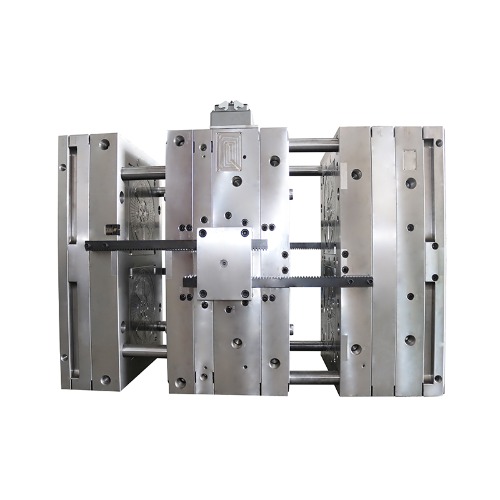Choosing the right cosmetics packaging mould is an important decision that can have a significant impact on the success of your cosmetics business. Here are some factors to consider when choosing a cosmetics packaging mould:
Material: The first factor to consider is the material of the packaging. The most common materials for cosmetics packaging are plastic, glass, and metal. Each material has its own advantages and disadvantages, so it's important to choose the one that best suits your product and brand.Design: The design of the packaging is also important. You want the packaging to be attractive and eye-catching to consumers, but it should also be practical and functional. Consider the size, shape, and features of the packaging when choosing a mould.Production volume: The production volume of your cosmetics business is another important consideration. If you're producing a small number of products, a simple mould may be sufficient. However, if you're producing a large volume of products, you may need a more complex mould that can produce more products in a shorter amount of time.Cost: Cost is always a consideration when choosing a mould. You want to find a mould that is within your budget, but you also want to make sure that the quality is good and that the mould will last a long time.Supplier: Finally, it's important to choose a reliable and experienced supplier for your cosmetics packaging mould. Look for a supplier that has a good reputation and offers excellent customer service.
By considering these factors, you can choose a cosmetics packaging mould that meets your needs and helps your cosmetics business succeed.Besides,Cosmetics packaging moulds can be classified in several ways based on various factors. Here are some of the most common ways to classify cosmetics packaging moulds:
Material: Cosmetics packaging moulds can be made of various materials, including metal, plastic, and glass. The type of material used will depend on the desired properties of the packaging, such as durability, transparency, and weight.Type of packaging: Cosmetics packaging moulds can be designed to produce different types of packaging, such as bottles, jars, tubes, and pumps. Each type of packaging has its own unique design and production requirements.Production method: Cosmetics packaging moulds can be classified based on the production method used, such as injection moulding, blow moulding, or compression moulding. Each method has its own advantages and disadvantages in terms of speed, precision, and cost.Product size: Cosmetics packaging moulds can also be classified based on the size of the product they produce. For example, a mould designed to produce small lip balm containers will be different from a mould designed to produce larger lotion bottles.Shape and design: Finally, cosmetics packaging moulds can be classified based on the shape and design of the product they produce. This includes factors such as the number of parts required, the complexity of the shape, and any special features or decorations on the packaging.
By understanding these different classifications, you can choose the right cosmetics packaging mould for your specific needs and requirements.



 English
English Español
Español










